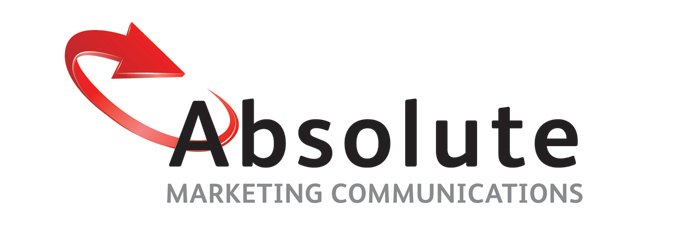Often we forget that we are not the target audience when it comes to what we communicate. While our target audience may require our services, we need to remember that we may be providing them with a service because they do not have the expertise to carry out the function that they hire us to provide.
When we correspond with our clients we need to remember that we are possibly talking to a lay person when it comes to our field. I am guilty of making marketing and consumer behaviour references that my clients don’t understand. It’s great we know what we are talking about but if your client doesn't know A from B then we need to be mindful and give them the main points in easy to understand terms.
Don’t ever treat your client like an idiot but keep in mind that they may not know what an AB demographic is or what a HDMI cable is. They just need to know that you are developing a campaign targeted at white collar, high income earners or that there is a cable that will give you a great quality image on your TV.
Using easy to understand language can eliminate a multitude of problems down the track. How many times have you thought you were getting one thing but ended up with another simply because you didn’t understand what you were being told.
So before talking to a client think about what you need to tell them and whether you are using technical terms or if you using terminology that is easy to understand.
